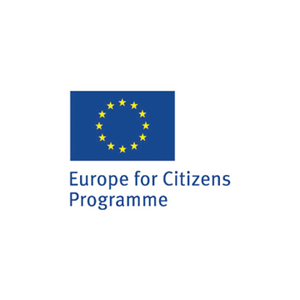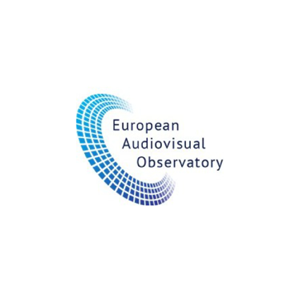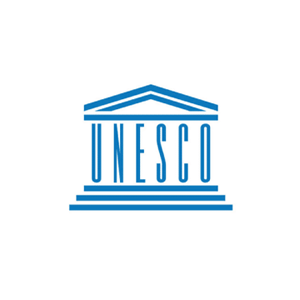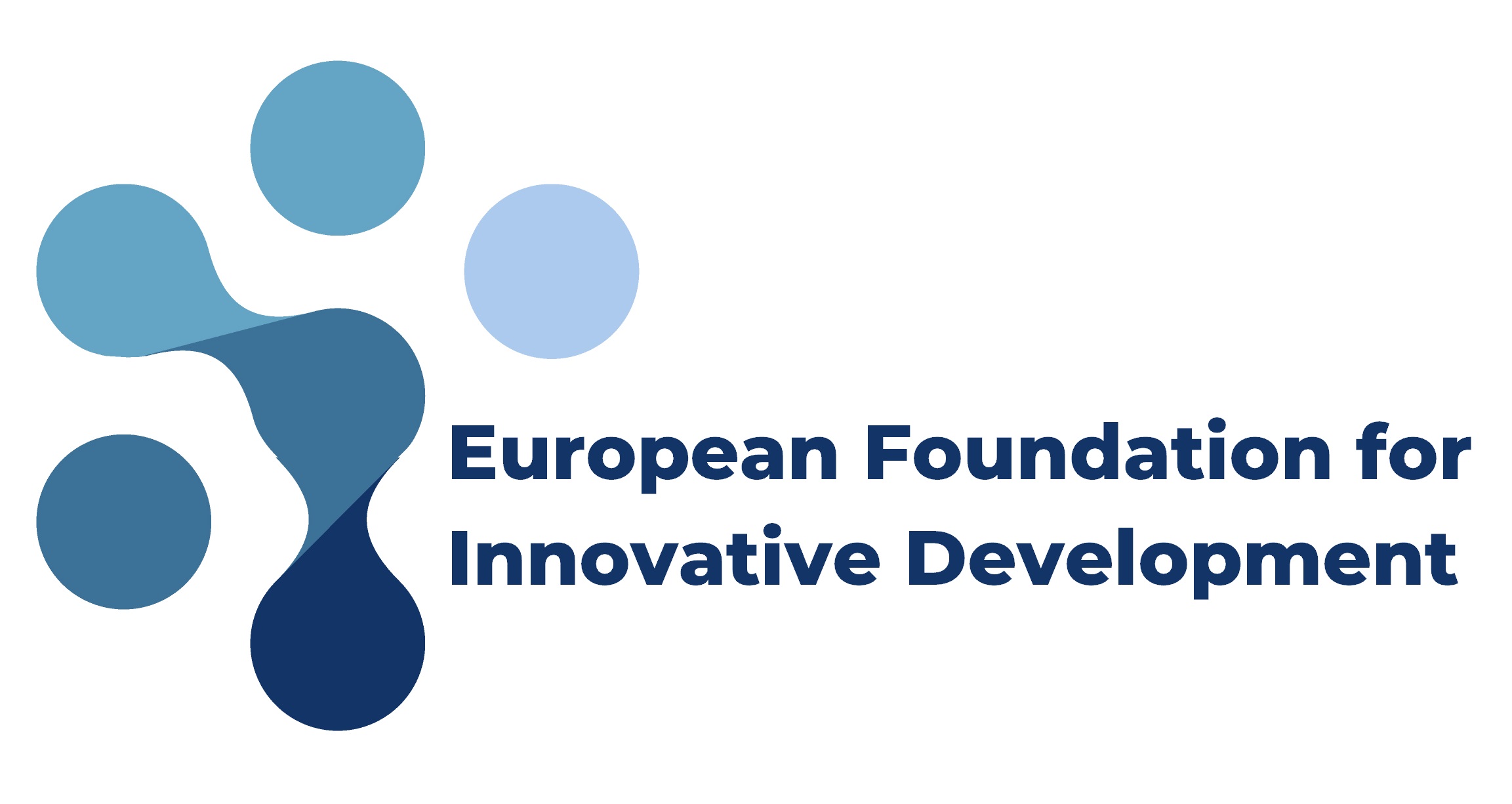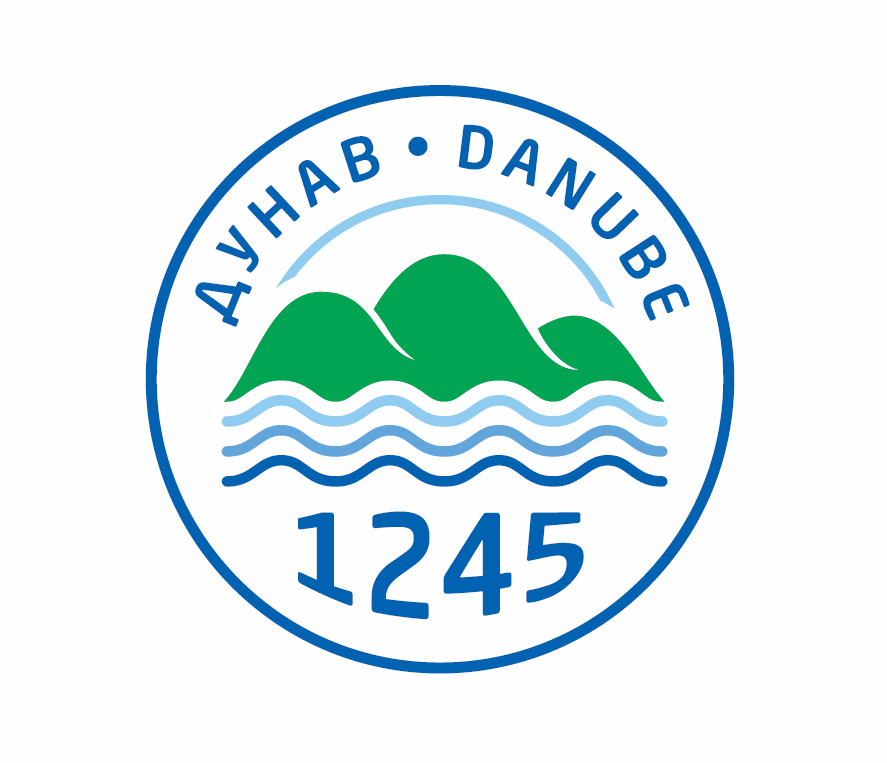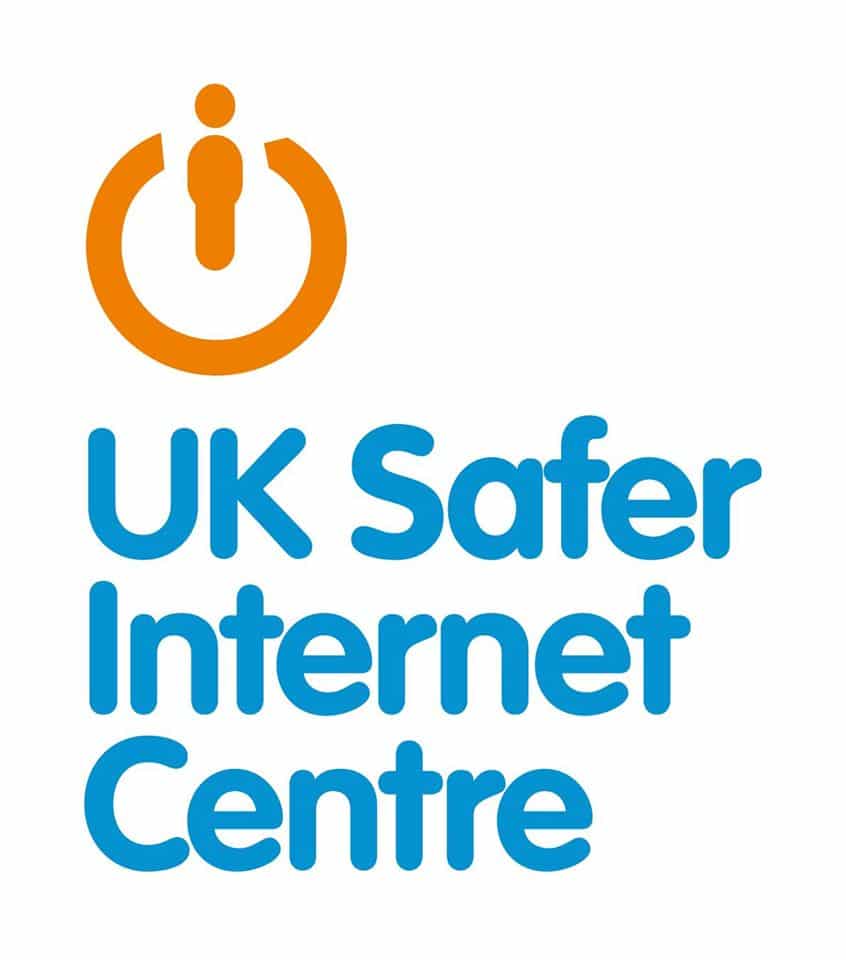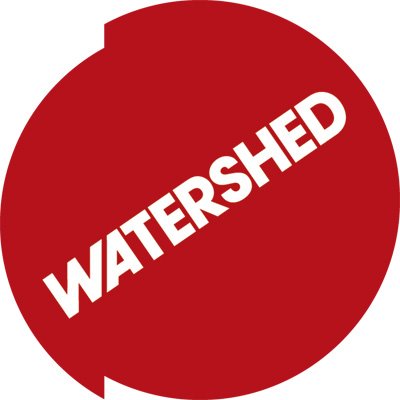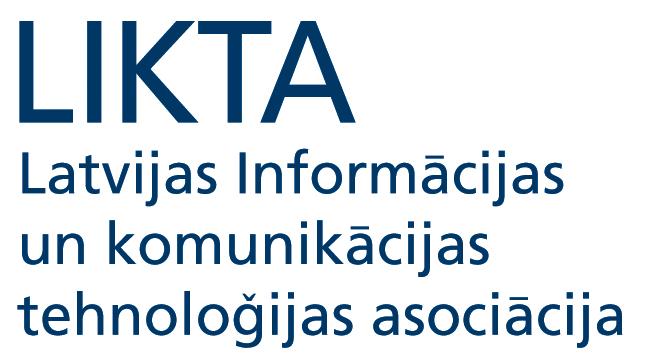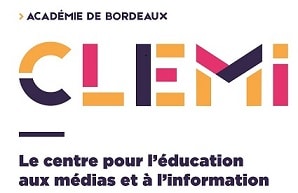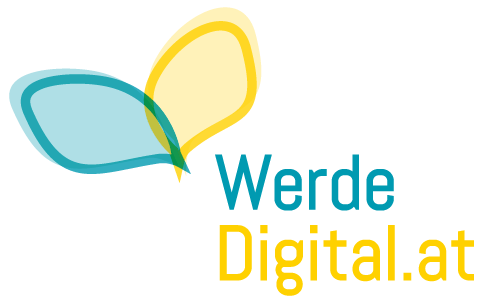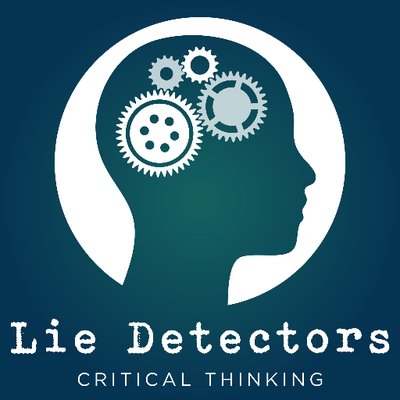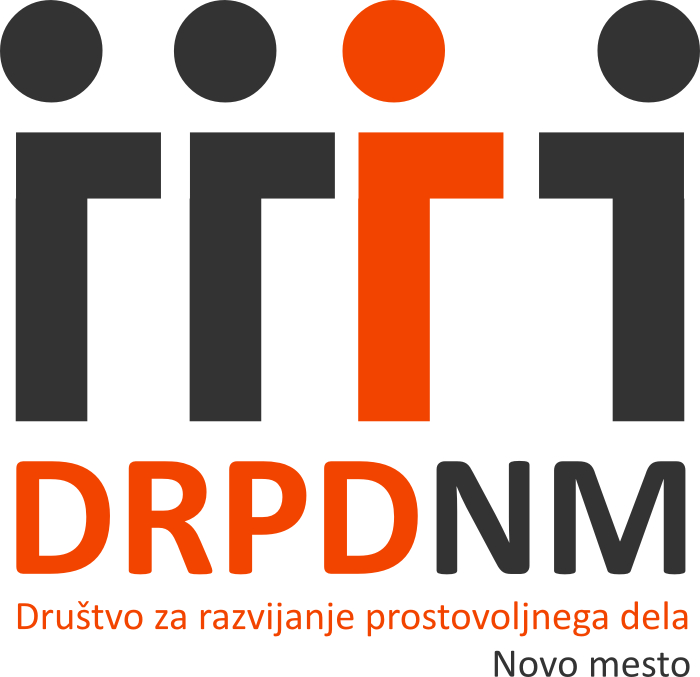Usually when people think about environmental policy, they see before their eyes nature or trees and, all of a sudden, the thought goes straight to climate change and pollution. This idea of environment and, consequently, of environmental policies is surely right, but we should be able to see beyond this and conceive environmental protection, sustainability and the fight against natural disasters in a new light.
New technologies are said to be in most cases environmentally friendly: let’s think, for example, to the amount of paper we save daily in home or office administration, advertising, etc.
Given this, can technology also have an active role rather than a passive one to keep the balance between natural and human environment and the related disasters?
The European Union is a leader in investing on new technologies, especially in the last years within the framework of Horizon 2020, a programme which funds research, technological development and innovation. One of the pillars of this innovative funding strategy is to cope with societal challenges, among which are listed: secure, clean and efficient energy; and climate action, environment, resource efficiency and raw material. Horizon 2020 is thus open to cooperation with researchers and innovators world-wide in order to foster co-creation of solutions that may have a global impact in the field of sustainable development, where 60% of Horizon 2020 budget has been earmarked.
Everything mentioned above is encompassed in the European environmental research and innovation policy, which, for the record, is trying to make new technologies more and more useful to environmental protection and to the economic development of the sector. For instance, increasing competitiveness requires a decisive and deliberate societal and technological transition to an economy based on a sustainable relationship between nature and human well-being. The creation of opportunities for growth and new jobs is also addressed through the introduction of innovative options in policies ranging across science, technology, economy, regulations, society and citizens’ behavior, and governance. Research and innovation activities could improve the understanding and forecasting of climate and environmental change, reduce uncertainties, identify and assess vulnerabilities, risks, costs, mitigation measures and opportunities, as well as expand the range and improve the effectiveness of societal and policy responses and solutions.
A eurosceptic will say: “Yes, this is true, but what has the EU done in this sense?”
However, before going indeep in the topic, it’s important to ask yourself this important question: “Can new technologies and equipment assist in fighting natural disasters and assure a quick response to them?”
EU environmental policies and programmes are going to rely on technology for better risk management and resilience in case of natural disasters:
- GEOSS (Global Earth Observation System of Systems). It is an Earth observation platform, but it will not replace Google Earth! Thanks to information and data the system will be able to have instant material and reports on disasters, also manage energy resources, safeguard water resources and improve weather forecasts. What the system practically does is to provide information to support disaster management contributing to monitoring, predicting, risk assessment and early warning. There’s actually a GEOSS for everything: GEOSS for disasters, GEOSS for health, for energy, etc.
- EMS (Copernicus Emergency Management Service) is closely and exclusively related to emergency response to all kinds of natural disasters. It is an on-demand mapping component (realised thanks to satellites) providing real time maps to be used for prevention and planning. This service could also be used for warning and monitoring purposes in cases of fires, floods, etc.
Copernicus in now checking for example forest fires in Greece, floods in Sardinia and Sicily (Italy), and all around the clock is keeping track of our planet’s health.
Eventually, emerging technologies could help us improving risk management at EU level and monitoring Earth’s health status. For the future let’s hope technology within the European Union will be used to respond simultaneously to several natural and man-made disasters and that thanks to them a response will arrive faster than before.
For further information:
https://ec.europa.eu/research/environment/index.cfm?pg=policy
Usually when people think about environmental policy, they see before their eyes nature or trees and, all of a sudden, the thought goes straight to climate change and pollution. This idea of environment and, consequently, of environmental policies is surely right, but we should be able to see beyond this and conceive environmental protection, sustainability and the fight against natural disasters in a new light.
New technologies are said to be in most cases environmentally friendly: let’s think, for example, to the amount of paper we save daily in home or office administration, advertising, etc.
Given this, can technology also have an active role rather than a passive one to keep the balance between natural and human environment and the related disasters?
The European Union is a leader in investing on new technologies, especially in the last years within the framework of Horizon 2020, a programme which funds research, technological development and innovation. One of the pillars of this innovative funding strategy is to cope with societal challenges, among which are listed: secure, clean and efficient energy; and climate action, environment, resource efficiency and raw material. Horizon 2020 is thus open to cooperation with researchers and innovators world-wide in order to foster co-creation of solutions that may have a global impact in the field of sustainable development, where 60% of Horizon 2020 budget has been earmarked.
Everything mentioned above is encompassed in the European environmental research and innovation policy, which, for the record, is trying to make new technologies more and more useful to environmental protection and to the economic development of the sector. For instance, increasing competitiveness requires a decisive and deliberate societal and technological transition to an economy based on a sustainable relationship between nature and human well-being. The creation of opportunities for growth and new jobs is also addressed through the introduction of innovative options in policies ranging across science, technology, economy, regulations, society and citizens’ behavior, and governance. Research and innovation activities could improve the understanding and forecasting of climate and environmental change, reduce uncertainties, identify and assess vulnerabilities, risks, costs, mitigation measures and opportunities, as well as expand the range and improve the effectiveness of societal and policy responses and solutions.
A eurosceptic will say: “Yes, this is true, but what has the EU done in this sense?”
However, before going indeep in the topic, it’s important to ask yourself this important question: “Can new technologies and equipment assist in fighting natural disasters and assure a quick response to them?”
EU environmental policies and programmes are going to rely on technology for better risk management and resilience in case of natural disasters:
- GEOSS (Global Earth Observation System of Systems). It is an Earth observation platform, but it will not replace Google Earth! Thanks to information and data the system will be able to have instant material and reports on disasters, also manage energy resources, safeguard water resources and improve weather forecasts. What the system practically does is to provide information to support disaster management contributing to monitoring, predicting, risk assessment and early warning. There’s actually a GEOSS for everything: GEOSS for disasters, GEOSS for health, for energy, etc.
- EMS (Copernicus Emergency Management Service) is closely and exclusively related to emergency response to all kinds of natural disasters. It is an on-demand mapping component (realised thanks to satellites) providing real time maps to be used for prevention and planning. This service could also be used for warning and monitoring purposes in cases of fires, floods, etc.
Copernicus in now checking for example forest fires in Greece, floods in Sardinia and Sicily (Italy), and all around the clock is keeping track of our planet’s health.
Eventually, emerging technologies could help us improving risk management at EU level and monitoring Earth’s health status. For the future let’s hope technology within the European Union will be used to respond simultaneously to several natural and man-made disasters and that thanks to them a response will arrive faster than before.
For further information:
https://ec.europa.eu/research/environment/index.cfm?pg=policy
Usually when people think about environmental policy, they see before their eyes nature or trees and, all of a sudden, the thought goes straight to climate change and pollution. This idea of environment and, consequently, of environmental policies is surely right, but we should be able to see beyond this and conceive environmental protection, sustainability and the fight against natural disasters in a new light.
New technologies are said to be in most cases environmentally friendly: let’s think, for example, to the amount of paper we save daily in home or office administration, advertising, etc.
Given this, can technology also have an active role rather than a passive one to keep the balance between natural and human environment and the related disasters?
The European Union is a leader in investing on new technologies, especially in the last years within the framework of Horizon 2020, a programme which funds research, technological development and innovation. One of the pillars of this innovative funding strategy is to cope with societal challenges, among which are listed: secure, clean and efficient energy; and climate action, environment, resource efficiency and raw material. Horizon 2020 is thus open to cooperation with researchers and innovators world-wide in order to foster co-creation of solutions that may have a global impact in the field of sustainable development, where 60% of Horizon 2020 budget has been earmarked.
Everything mentioned above is encompassed in the European environmental research and innovation policy, which, for the record, is trying to make new technologies more and more useful to environmental protection and to the economic development of the sector. For instance, increasing competitiveness requires a decisive and deliberate societal and technological transition to an economy based on a sustainable relationship between nature and human well-being. The creation of opportunities for growth and new jobs is also addressed through the introduction of innovative options in policies ranging across science, technology, economy, regulations, society and citizens’ behavior, and governance. Research and innovation activities could improve the understanding and forecasting of climate and environmental change, reduce uncertainties, identify and assess vulnerabilities, risks, costs, mitigation measures and opportunities, as well as expand the range and improve the effectiveness of societal and policy responses and solutions.
A eurosceptic will say: “Yes, this is true, but what has the EU done in this sense?”
However, before going indeep in the topic, it’s important to ask yourself this important question: “Can new technologies and equipment assist in fighting natural disasters and assure a quick response to them?”
EU environmental policies and programmes are going to rely on technology for better risk management and resilience in case of natural disasters:
- GEOSS (Global Earth Observation System of Systems). It is an Earth observation platform, but it will not replace Google Earth! Thanks to information and data the system will be able to have instant material and reports on disasters, also manage energy resources, safeguard water resources and improve weather forecasts. What the system practically does is to provide information to support disaster management contributing to monitoring, predicting, risk assessment and early warning. There’s actually a GEOSS for everything: GEOSS for disasters, GEOSS for health, for energy, etc.
- EMS (Copernicus Emergency Management Service) is closely and exclusively related to emergency response to all kinds of natural disasters. It is an on-demand mapping component (realised thanks to satellites) providing real time maps to be used for prevention and planning. This service could also be used for warning and monitoring purposes in cases of fires, floods, etc.
Copernicus in now checking for example forest fires in Greece, floods in Sardinia and Sicily (Italy), and all around the clock is keeping track of our planet’s health.
Eventually, emerging technologies could help us improving risk management at EU level and monitoring Earth’s health status. For the future let’s hope technology within the European Union will be used to respond simultaneously to several natural and man-made disasters and that thanks to them a response will arrive faster than before.
For further information:
https://ec.europa.eu/research/environment/index.cfm?pg=policy






